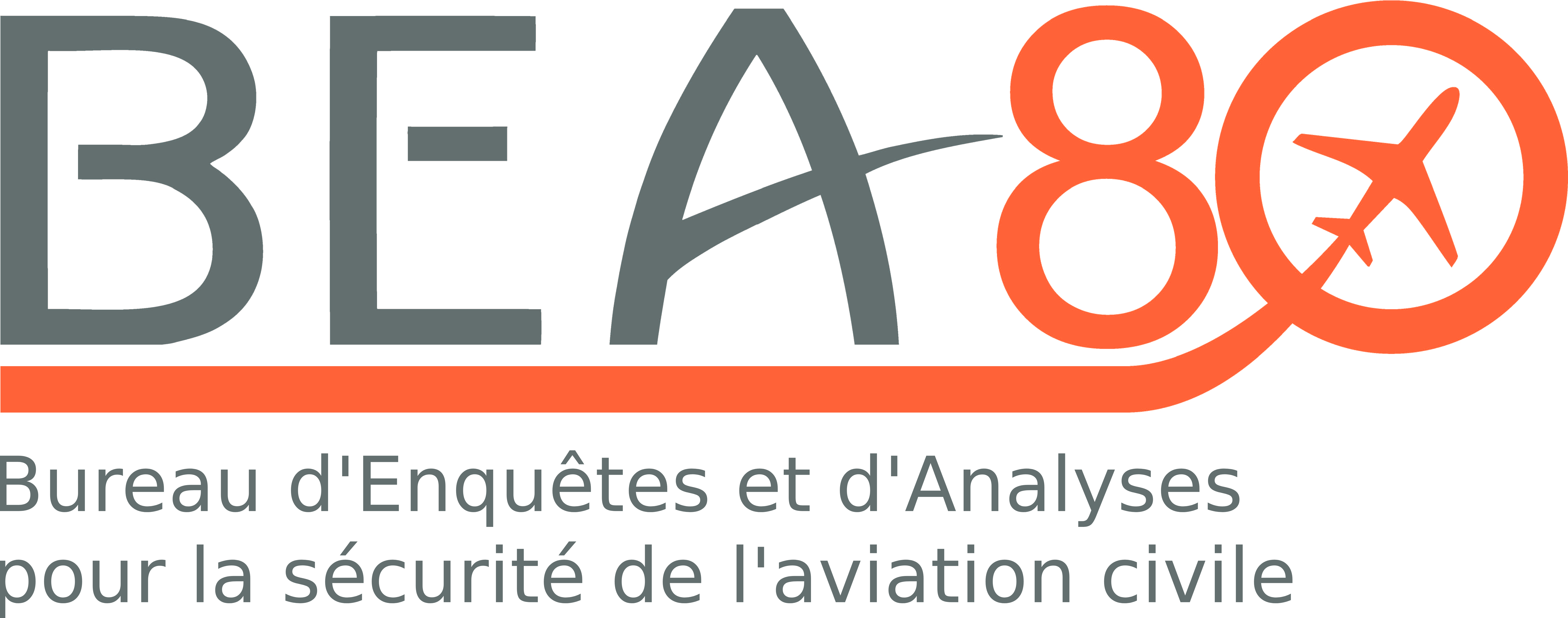Accident to the Piper PA28 registered F-GGFT on 24/10/2021 at Le Havre
Passage en-dessous du plan en courte finale, atterrissage avant le début de la piste, collision avec une balise lumineuse, rupture du train d’atterrissage avant
Note: This is a courtesy translation by the BEA of the Final Report on the Safety Investigation published in July 2022. As accurate as the translation may be, the original text in French is the work of reference. (September 2022)
Note: the following information is principally based on statements made by the pilot. This information has not been independently validated by the BEA.
HISTORY OF THE FLIGHT
The pilot performed aerodrome circuits on paved runway 22 of Le Havre aerodrome. During the first approach, with the flaps extended to the first flap detent and at 75 kt, the pilot felt the aeroplane sink several times. He corrected the path and adjusted power.
On the second approach, with an indicated airspeed of 70 kt and the flaps extended to the second flap detent, the pilot had difficulty holding the final approach slope: he increased power but was unable to correct the flight path. The aeroplane touched down in the grass before the beginning of the runway and the right wing hit a light. When the aeroplane ran onto the paved surface of the runway, the nose gear strut broke and the aeroplane tilted forward onto its nose before coming to rest on the runway.
ADDITIONAL INFORMATION
Information about Le Havre-Octeville aerodrome
Le Havre aerodrome has a paved runway 04/22 measuring 2,300 m long and 40 m wide. It is located on the edge of a cliff, at a height of 95 m above the sea. The Visual Approach Chart specifies, “If wind from W to NW: possibility of wind shear and turbulence between THR RWY 04 and mid-taxiway.”
Meteorological information
The weather at the time of the accident was CAVOK, with a temperature of 14°C and a south-westerly wind at 8 to 12 kt.
Pilot information
The 58-year-old pilot held a PPL(A) private pilot licence issued in May 2018 and had always flown from Le Havre aerodrome. At the time of the accident, he had logged 134 h and 20 min of flight, including 27 h and 32 min on the PA28.
The pilot's previous flight on the PA28 was on 13 February 2021. Since then, the pilot had performed nine flights of a total time of 6 h and 36 min exclusively on the DR400-180, which is more powerful and lighter than the PA28.
The pilot explained that when he tried to correct the flight path to intercept the approach slope, he was surprised by the lack of responsiveness of the PA28 compared to the DR400-180 on which he had recently flown.
Actions taken after the accident
Immediately after the accident, the pilot flew another aeroplane with a club instructor. The instructor asked him to return to similar flight conditions in order to understand what had happened to him and to learn from it.
Thereafter, the aero club distributed an internal lessons learned bulletin to its members. The internal rules were amended to define aeroplane types[1] corresponding to the aeroplanes operated by the club. When a pilot has not flown on an aeroplane type for more than two months, he must now notify a club instructor in order to envisage a dual control refresher flight. As this instruction flight is a safety issue, the club decided to charge the same rate as for a solo flight.
[1] Four aeroplane types are defined by the club: HR200/DR400-120, DR400-180, Cessna 172 and Zenair. The PA28 is no longer part of the club’s fleet.
